Part II. The Hansa Lands and France
Chapter 32. The Road to Metz [November 11, 1347]
Cultural Explanations
 |
Part II. The Hansa Lands and France Chapter 32. The Road to Metz [November 11, 1347] Cultural Explanations |
|
|
In this chapter Bávlos hears about the devil and recognizes the Sámi figure of Ruto. | ||
| Jacques, Bávlos, Bertrand, wagon, Metz |
In this chapter, Bávlos rides in a wagon for the first time. The occasion affords him the opportunity to experience an optical illusion that many peoople familiar with wheels will recognize, but which is novel for him (as for Jacques). Bávlos hears the drover's theological explanation of the phenomenon and thereby learns about hell and the devil. He compares these entities to the ones he knows from his Sámi upbringing and comes to the chilling realization that the evil demon Ruto is the Christian devil, and is French. He also has a terrifying dream of Ruto beginning a rampage of France, corresponding to the arrival of the Plague.
The optical illusion known as the "wagon wheel effect" may seem simply interesting or odd to the modern viewer, but to the medieval mind, it could easily appear supernatural. Try it yourself to see what you think: watch the tire of your bike as you're riding it next time and then suddenly shift your eyes to one side. You will see the blur of the tire suddenly come into sharp focus as you view it with your peripheral vision. The drover and his father have each developed theories about the causes of the effect, relating these to the theological concepts of the devil and guardian angels. None of these explanations are attested for the medieval period, but they are easily imaginable, given the cultural context and other traditions of attributing strange phenomena to the devil.
Bávlos's ideas of the afterlife consist of a land of the contended dead, Jápme-aimuo, and a land of the unfortunate dead, Rut-aimuo. Ruto was a god of disease, and he is usually depicted on Sámi drum heads as a figure on horseback. For a good website about Sámi drums, click HERE On Sámi drums, Ruto often appears on the periphery of the drum head, at the 2:00 position. Note the Ruto figures in Manker drums 2 and 14:
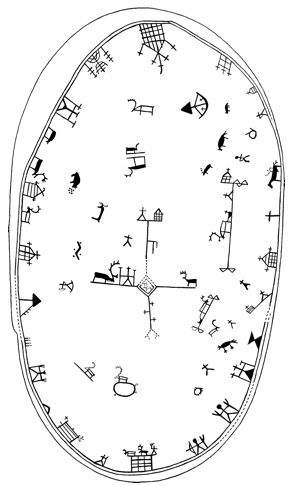 |
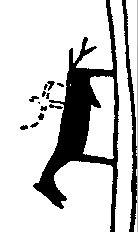 |
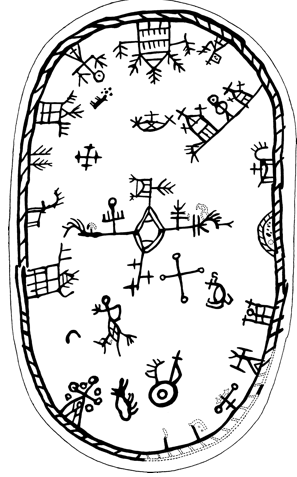 |
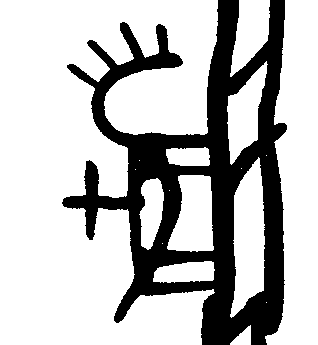 |
| Manker drum no. 2 | Ruto detail | Manker drum no. 14 | Ruto detail |
Sámi had a tradition of sacrificing a horse to Ruto to ensure that the evil god would leave them in peace for the year. Given that epidemic disease tended to reach the Sámi after contact with outsiders, and since Sámi did not use horses for transport, the image of Ruto can be seen as an embodiment of the contaminating foreigner. Bávlos, travelling now in a land where horses are a common conveyance, draws the natural conclusion that Ruto must be from this region. The name Ruto itself is a loanword that means "plague," and indicates that the god Ruto must have been particularly associated with epidemic disease. On Bávlos's drum, Ruto appears on the periphery, at an 8:00 position, corresponding to Bávlos's depiction of southern France:
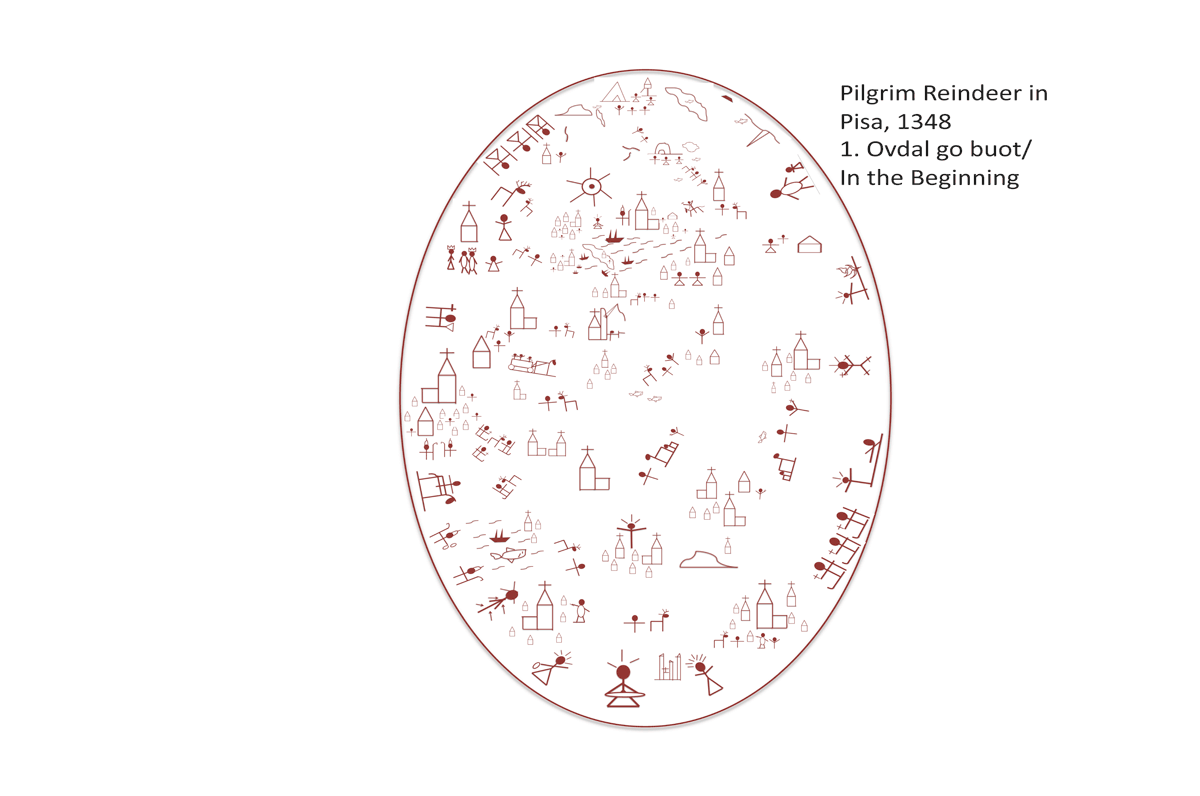 |
| Bávlos's drum, Ruto at 8:00 |
Bávlos's dream corresponds to the November 1, 1347 outbreak of the Plague in Marseilles. According to medieval chronicles, the ship carrying the Plague arrived in the port of Marseilles on All Saints' Day, while the port was temporarily left unguarded. The ship had tried to land at several other ports but had been turned away because of reports of disease which was already rampaging in Sicily. The desperate passengers stole into the port, landed, and dashed ashore to obtain stores. And thus the Plague gained its foothold in France. In his book The Black Death, 1346-1353: The Complete Story (Woodbridge: Boydell Press, 2004: 72-3) Ole Jørgen Benedictow discusses the probable veracity of the November 1 and Marseilles as the probable time and place of the Plague's first manifestation in France, but notes that the city must have been infected with the disease already in September, allowing for the required incubation before the outbreak could occur. In the medieval accounts, the arrival of the ship and the outbreak of the disease are nearly instantaneous.